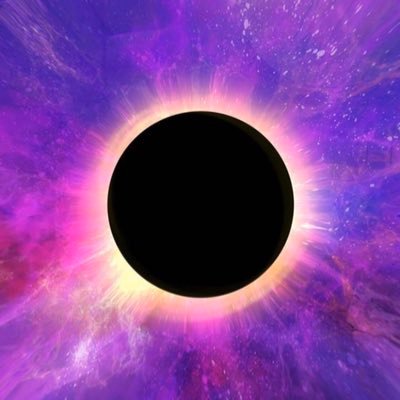
@astrophilesz
An astrophile is a person who loves astronomy or constantly gazes at the stars 🪐 🔭 ( 230k on instagram )

@astrophilesz
An astrophile is a person who loves astronomy or constantly gazes at the stars 🪐 🔭 ( 230k on instagram )